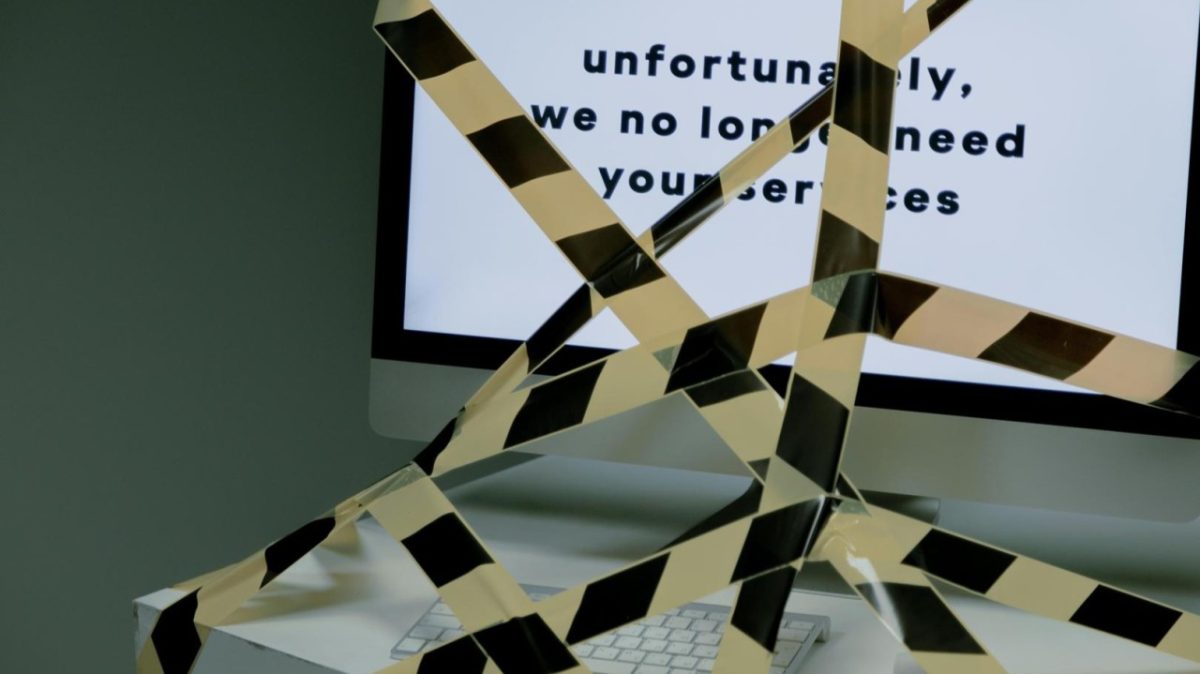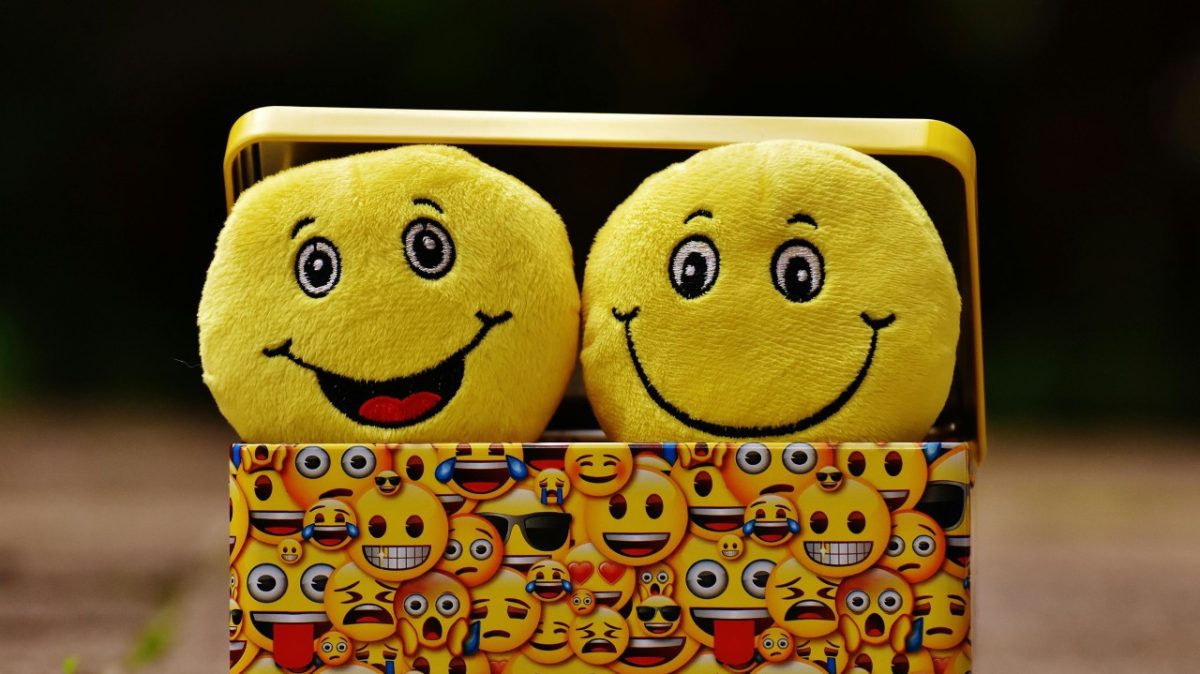Let’s start with a linear truth: we are past the moment of wondering if AI will disrupt jobs. We are right in the thick of it. Companies are axing roles, promotions, and onboarding even as they tout AI as the better-than-human miracle. If you’re still hoping this is a phase or that someone else will handle the fallout—wake up.
The Layoff Wave Is Rolling at Full Speed
The numbers don’t lie. In July 2025 alone, U.S. layoffs surged over 140% compared to the same month last year—marking the worst monthly spike since the early COVID chaos. And AI is not just a supporting character in this plot—it’s the main driver. Over 10,000 jobs have been directly cut due to generative AI so far this year.
Tech leads the charge. More than 132,000 tech workers have been let go in 2025 already—about 591 people per day. Microsoft chopped 9,000 jobs in one month. Tata Consultancy Services, one of the largest outsourcing firms in the world, quietly laid off over 12,000 people. Intel is planning to cut close to 24,000 employees by year’s end. Even their spin-off, Altera, is laying off workers before it’s fully out the gate.
From startups to giants, no one’s immune. Walmart, Duolingo, and others are cutting people not because business is bad—but because AI makes it easy to do more with fewer humans.
Voices of Alarm—and Denial
The conversation about AI and jobs has two speeds. One side clings to optimism. AI, they say, is just a tool. It’ll create more jobs than it destroys. Young people will adapt. Gen Z will build apps and AI-native companies and everything will be fine.
The other side—quietly growing louder—calls this for what it is: a white-collar bloodbath in slow motion. Former tech execs are sounding alarms. Entire job categories could vanish in a few short years. Entry-level roles, customer support, QA testing, junior coders—all being vaporized.
Some leaders admit it plainly: within five years, we could see half of all entry-level white-collar jobs disappear. Unemployment could hit double digits—not because there’s no work, but because AI can do the same work cheaper, faster, and with less drama.
The Youth Paradox: Promise and Peril
There’s a cruel irony unfolding. Students graduating in CS, data science, or engineering were told they were entering the golden age of tech. Instead, they’re entering a job market where junior roles are being swallowed by large language models and GitHub Copilot.
Many grads are getting job offers from restaurants and retailers instead of startups. Why? Because “entry-level developer” is now a prompt you type into ChatGPT, not a person you hire.
This Isn’t Just Automation—It’s Accelerated Obsolescence
This isn’t just factory-floor robots all over again. This is a white-collar wipeout. AI doesn’t need overtime, benefits, or a desk. It doesn’t ask for mentorship. It just learns—instantly—and scales without ego.
And this time, the impact isn’t limited to one geography. India’s outsourcing model—once seen as future-proof—is under siege. U.S. tech companies are slashing both domestic and offshore jobs. Even internal AI departments are streamlining their own teams.
Hiring is down. Postings are shrinking. Recruiters are pivoting. And companies are turning to “AI-driven productivity” as both a strategy and a shield—less hiring, fewer raises, more margin.
What Needs to Happen—Now
- Stop pretending this is a distant threat. This is not a warning—it’s a status update.
- Reskill with intent. Not every job is doomed. AI still lacks empathy, ethics, creativity in ambiguity, and strategic intuition. But humans need to lean into what machines can’t replicate.
- Rethink what matters. Productivity is being measured in API calls and automated workflows. But there’s still space—real, urgent space—for leadership, accountability, trust, and connection.
- Policy must catch up. From job retraining to income support, we need systems that don’t lag behind every technological leap.
The AI layoff wave isn’t coming—it’s already here. Entry-level workers are disappearing. Middle management is getting nervous. And entire functions are being quietly replaced without press releases or protest.
We can’t shrug this off with talk of “disruption” anymore. This is restructuring at scale. This is redefinition of work. And if you think this won’t hit your industry, your team, or your title—look again.
The only way forward is to stop treating this as someone else’s problem.
Wake up. The AI era isn’t arriving. It’s already staffing your replacement.






